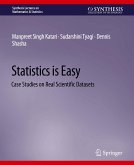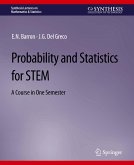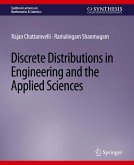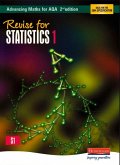Statistics is the activity of inferring results about a population given a sample. Historically, statistics books assume an underlying distribution to the data (typically, the normal distribution) and derive results under that assumption. Unfortunately, in real life, one cannot normally be sure of the underlying distribution. For that reason, this book presents a distribution-independent approach to statistics based on a simple computational counting idea called resampling. This book explains the basic concepts of resampling, then system atically presents the standard statistical measures along with programs (in the language Python) to calculate them using resampling, and finally illustrates the use of the measures and programs in a case study. The text uses junior high school algebra and many examples to explain the concepts. Th e ideal reader has mastered at least elementary mathematics, likes to think procedurally, and is comfortable with computers. Table of Contents: The Basic Idea/ Pragmatic Considerations when Using Resampling / Terminology / The Essential Stats / Case Study: New Mexico's 2004 Presidential Ballots / References / Bias Corrected Confidence Intervals / Appendix B








